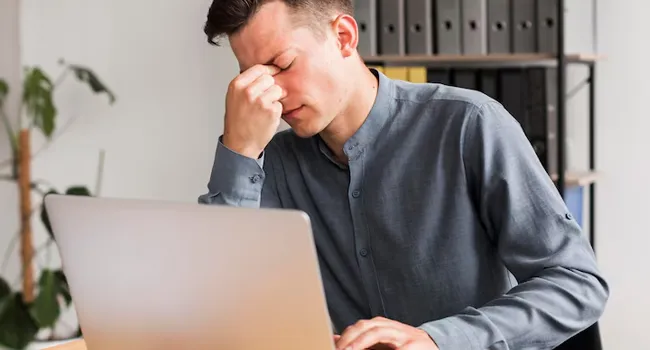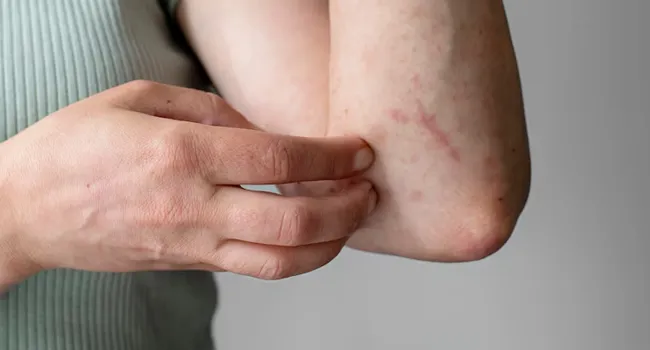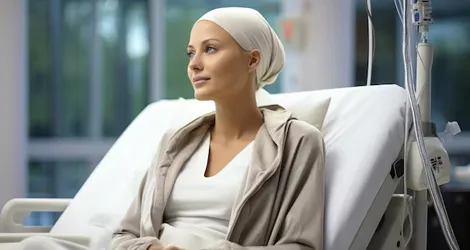Overview
Hodgkin's lymphoma, known in layman's terms as Hodgkin's disease, is a blood cancer found in the lymphatic system, a part of the immune system. It mainly affects B lymphocytes or B-cells, a special type of white blood cell which helps the body fight infections. The disease begins when B-cells mutate and grow to form their own tumours and start proliferating on lymph nodes—in often popular locations, such as the neck, chest, armpits—or groin.
Hodgkin's lymphoma, also one of the two principal manifestations of lymphoma, as opposed to non-Hodgkin's lymphomas. Despite possible frightening vocabulary, diagnosing it with lymphoma does not mean instant death—there have been great strides in treatment, making it one of the easier types of cancers to cure, especially if detected early. With treatment, many therefore live long and fulfilling lives. In a minority of cases, however, the disease recurs; research studies, therefore, seek improved methods for managing and treating such recurrences.
Types of Hodgkin Lymphoma Cancer
Hodgkin lymphoma can be divided into two main types on which the cancer looks under a microscope and how it behaves. This classification helps in a better treatment planned by the doctors.
1. Classical Hodgkin Lymphoma (CHL)
Approx. 95% of all cases fall into this most common type. Reed-Sternberg cells (i.e., large abnormal lymphocytes) differentiate it.
There are four subtypes of CHL:
- Nodular Sclerosis CHL: The typical subtype, often found in young adults. And that tends to begin in the neck or chest lymph nodes.
- Mixed Cellularity CHL: Occurs in older adults or patients with HIV. It has a predilection for abdominal lymph nodes.
- Lymphocyte-Rich CHL: Less common subtype indicates a favorable prognosis and possesses a number of healthy lymphocytes while possessing fewer Reed-Sternberg cells.
- Lymphocyte-Depleted CHL: The rarest and most aggressive form. It typically occurs in older adults or those who are immuno-compromised.
2. Nodular Lymphocyte-Predominant Hodgkin Lymphoma (NLPHL)
The rarest and most aggressive form. Almost invariably, it belongs to older adults or individuals who are immunocompromised.
This type of nonspecific variant accounts for only about 5 percent in cases of Hodgkin lymphoma. In fact, the outcome of a patient is slower compared to the classical counterpart, but there is the involvement of other abnormal cells known as popcorn cells which is a variant of the Reed-Sternberg type.
However, it usually presents with lymphadenopathy in the neck, axillae, or groin.
Its behavior may rather be regarded as predominantly that of a non-Hodgkin lymphoma, but it does have the capacity in some patients to undergo transformation into a much more aggressive type.


















